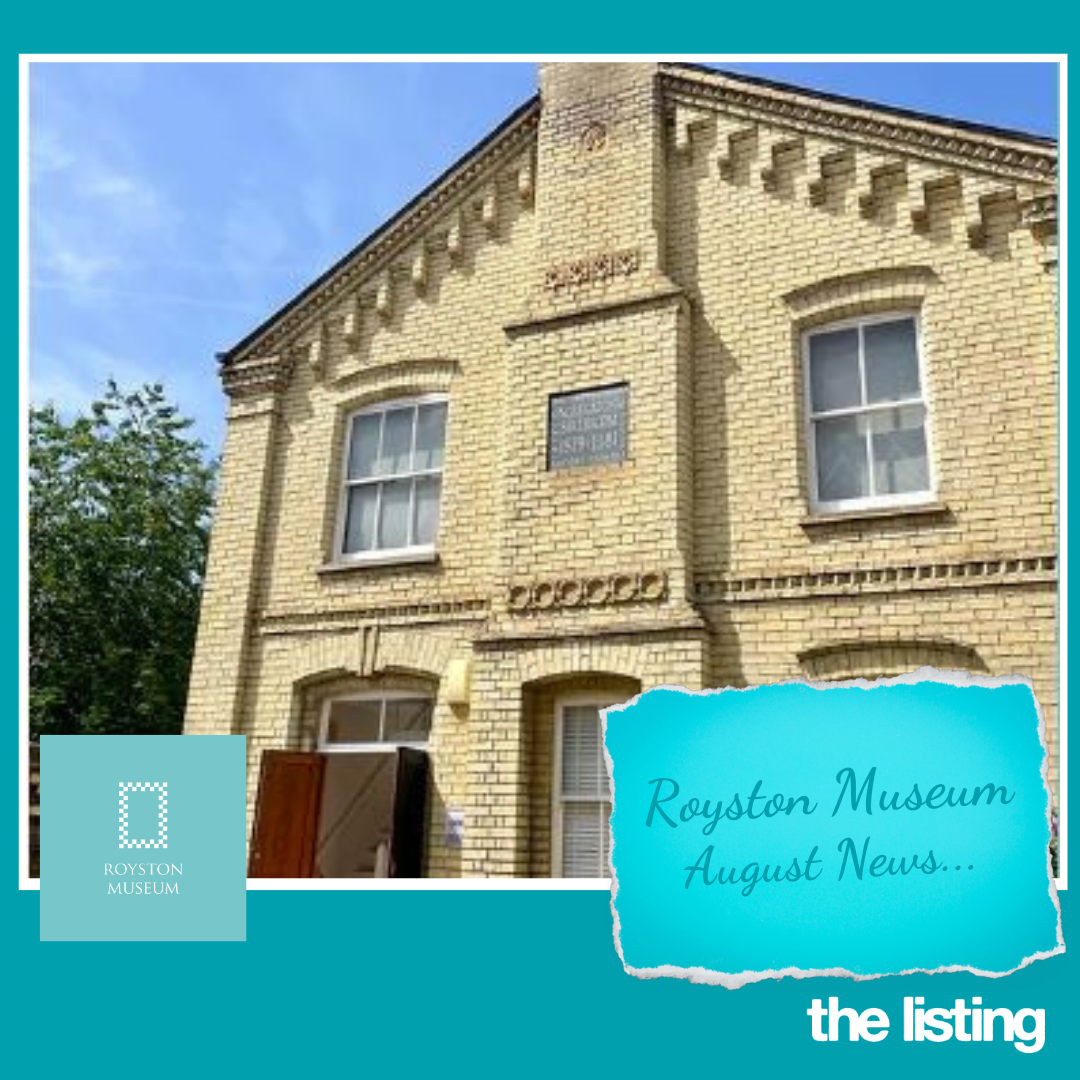Every picture tells a story, and that is also true of a photograph. If that photograph is on a postcard, a postcard that has been sent to someone, it could reveal an even bigger story.
This sepia postcard was produced and sold by WH Smith and is a good example of how a rural community like Royston would have looked just over a hundred years ago. The photographer has captured just the right moment when two horses and carts, with a third following behind, slowly descend the chalk white surface of the Barkway Road hill towards the town.
On the reverse of the postcard the King George V green halfpenny stamp has been franked at Royston at 10pm on January 25th, 1912. The sender’s name is hard to make out, but it looks like Louise. She sent it to a friend called Gladys and it appears Gladys is on holiday in a village near Bury St Edmunds. Louise goes on to say, ‘isn’t the weather as awful’, adding that ‘the road to Barrington from Shepreth is all under water and has been since last Saturday so we hope to get across by the new bridge they made’. This would have been typical at the time, especially in the winter when roads would have commonly been difficult or impassable for traffic. The white chalk road in the photo is a good example, fine in the dry but challenging in wet or winter conditions.
It’s worth noting that Nottingham was the first place in the world to have a tarmacadam surfaced road. That was in 1902 and it would be many years before the rest of the country would receive the same.
Louise lived in the town, at Brooklands, 46 Kneesworth Street. The house was built in 1896 and interestingly it displays a blue plaque on its front wall. This was in honour of Captain Harold Ackroyd, a physician and officer in the Royal Army Medical Corps in the First World War. He was a recipient of the Victoria Cross, who having survived the battle of the Somme and then the Ypres offensive was tragically killed by a sniper some time later in 1917. In 1912, he lived with his wife and two children in Great Shelford and moved to Royston sometime later as his third child was born in town in 1914. So, from this we can surmise that Louise lived at Brooklands before the Ackroyd family arrived in the town.
And that is the story of just one postcard, and I’m pretty sure there are some of you who can glean even more information than me from the Barkway Road photograph.
Perhaps next time you visit a market, an antique shop, somewhere selling old postcards, pick up a picture that catches your eye, turn it over and have a read, you never know what stories it may reveal.















